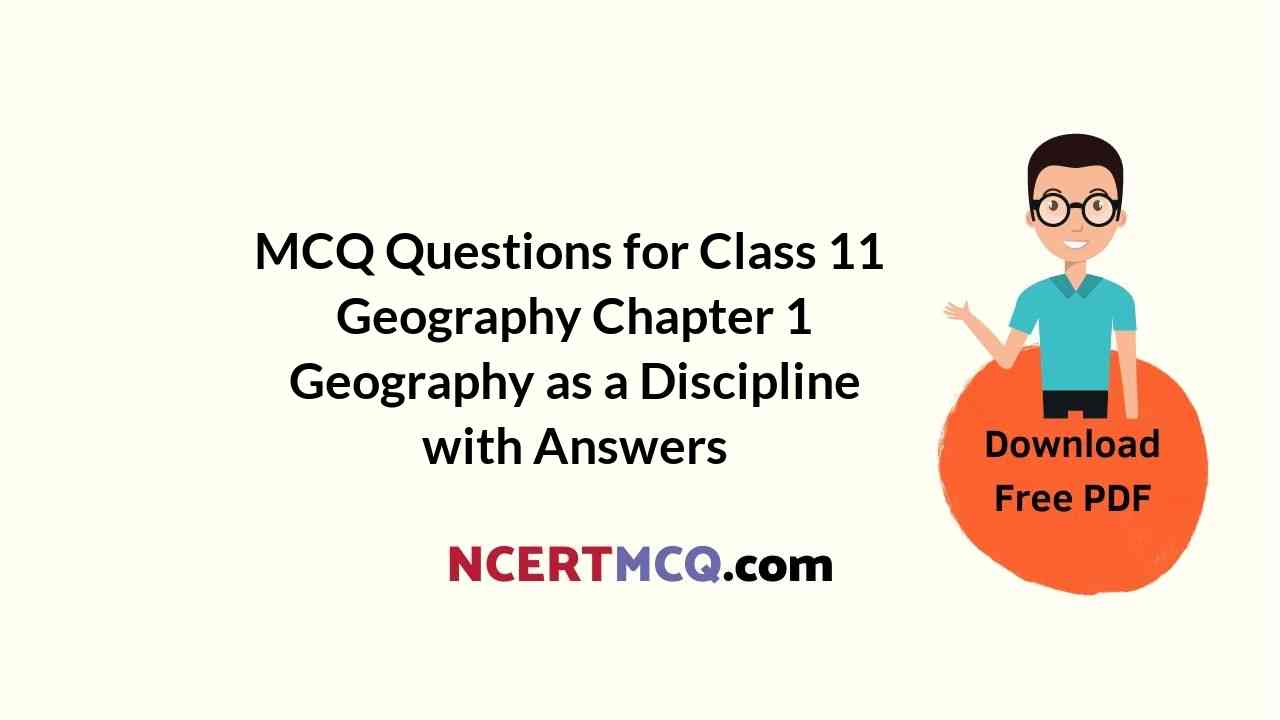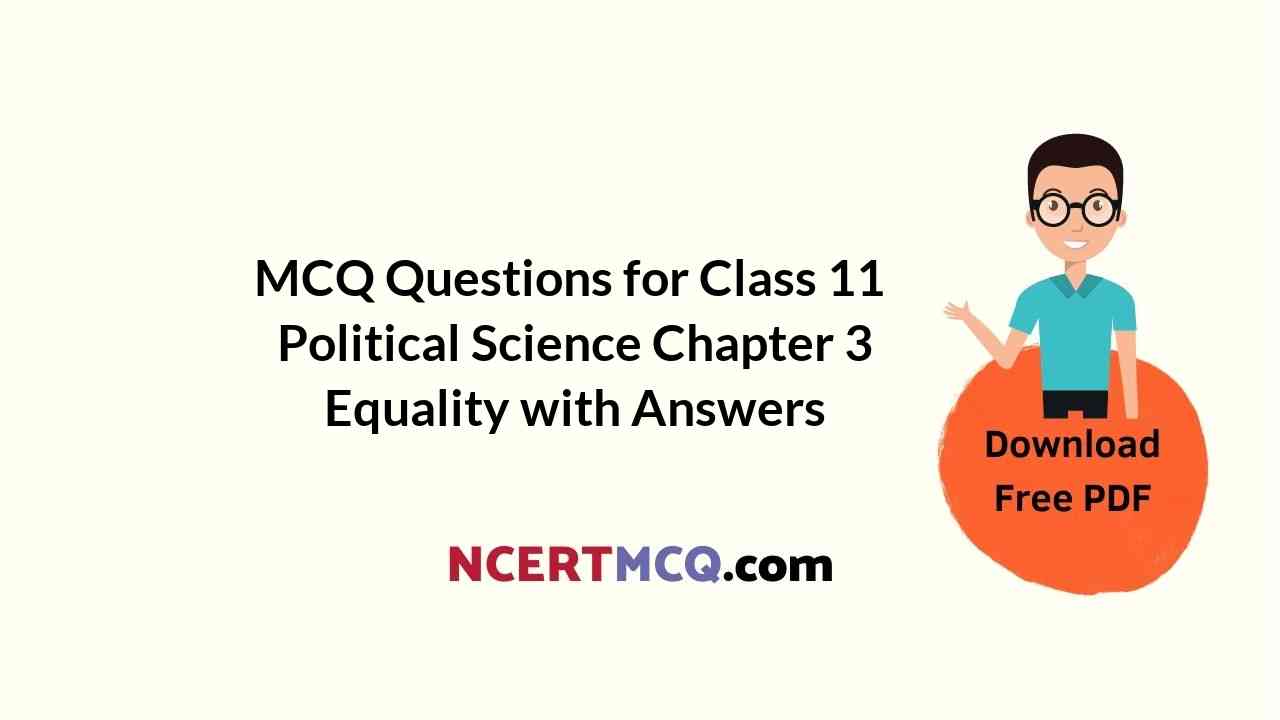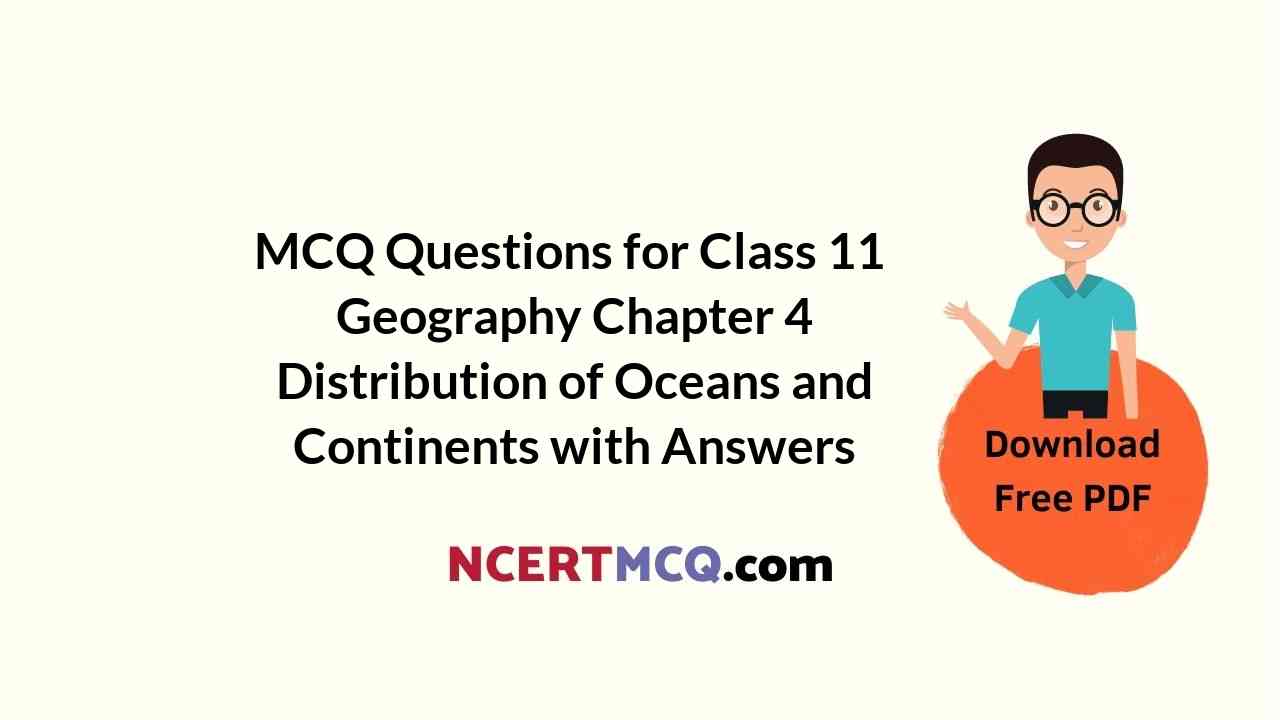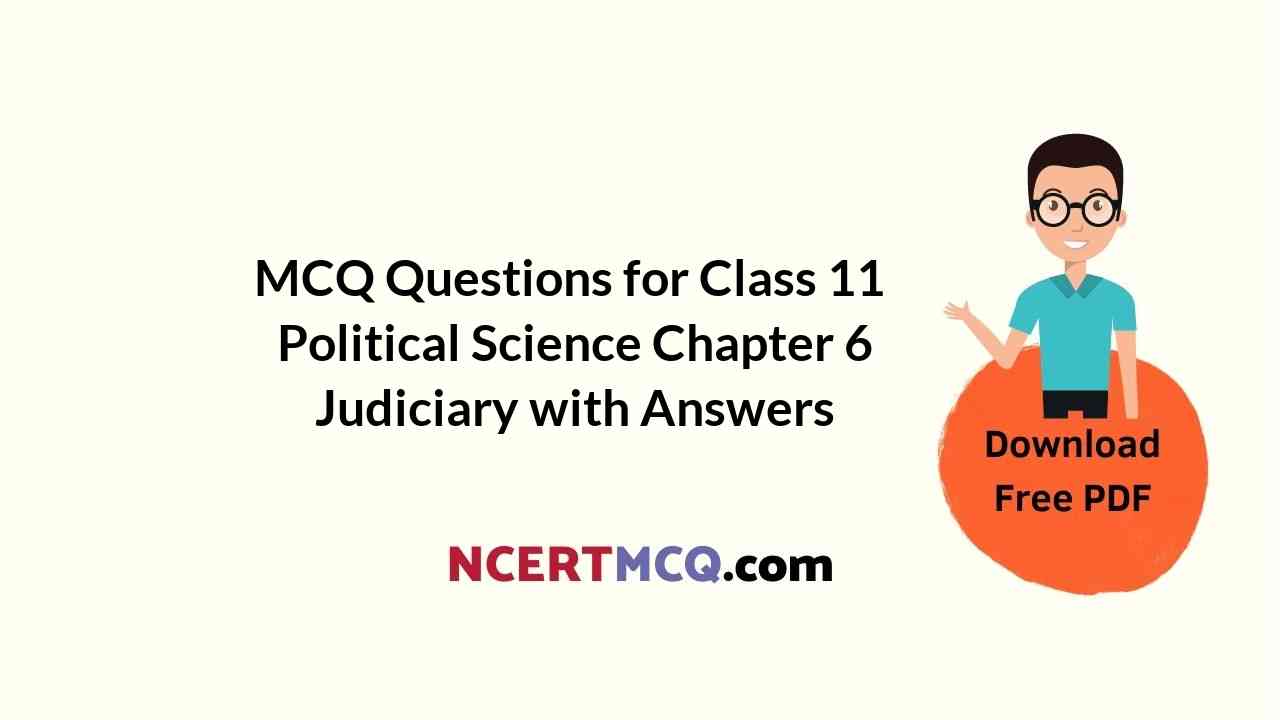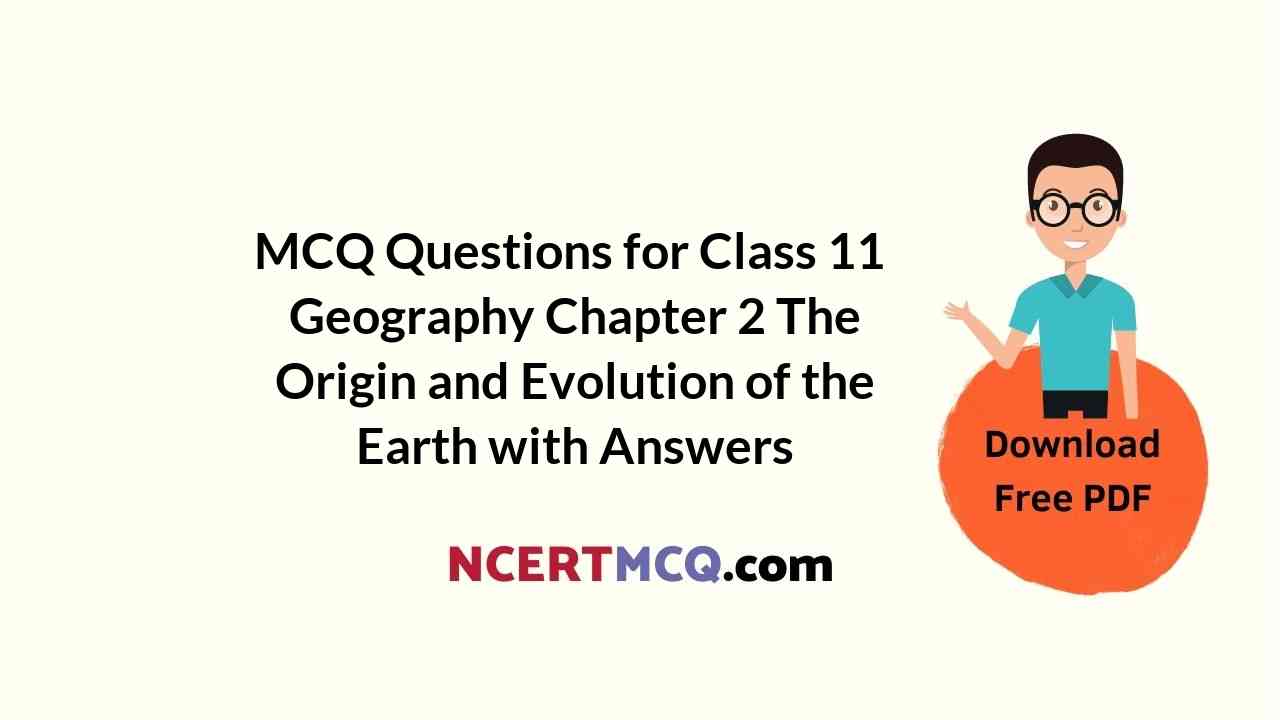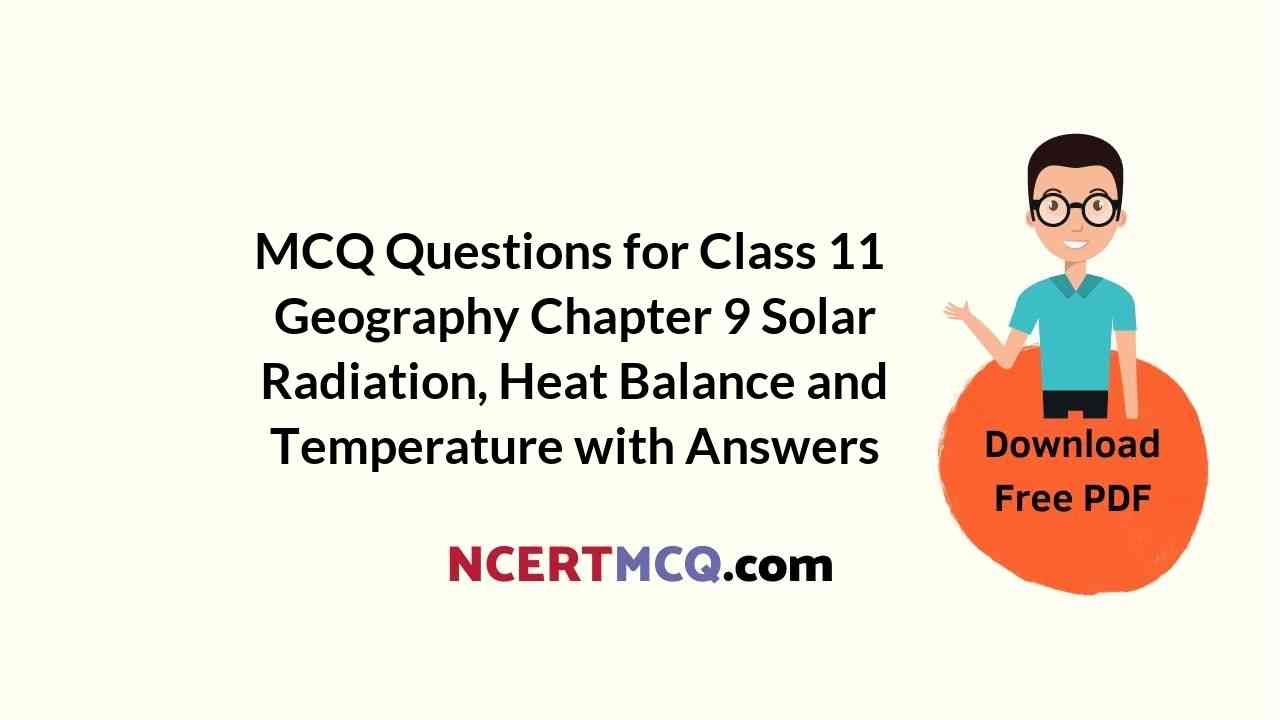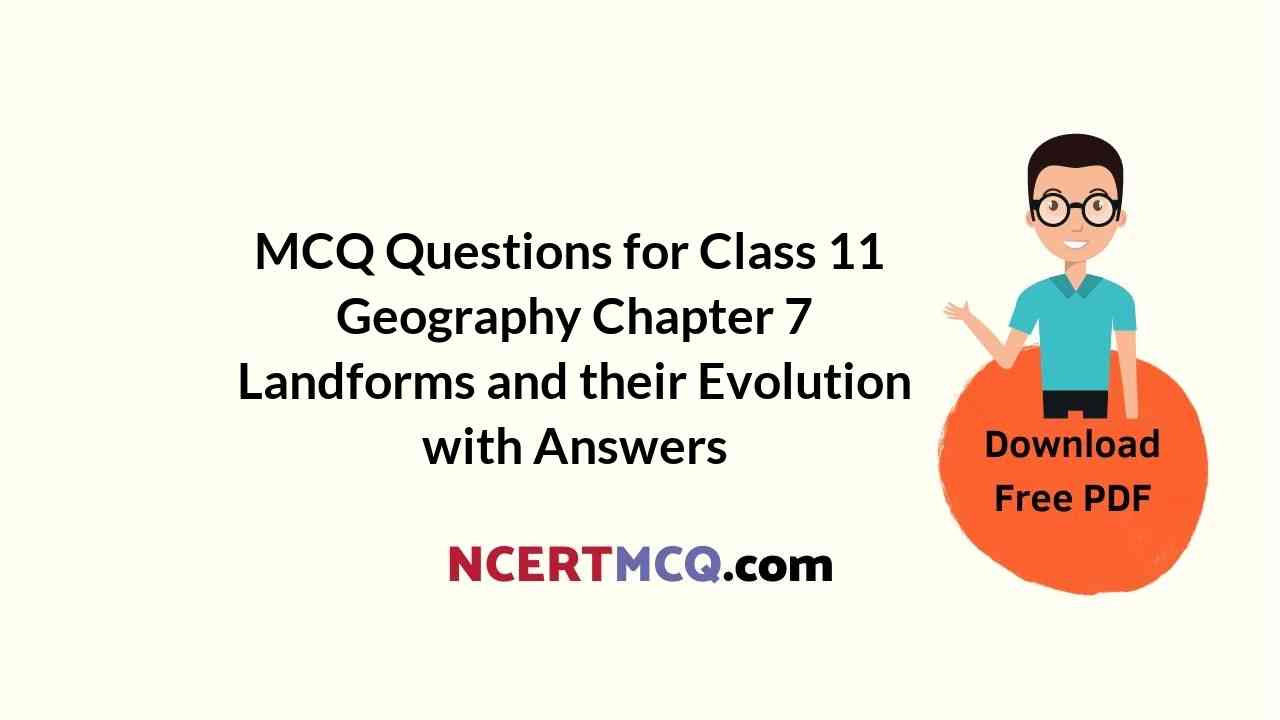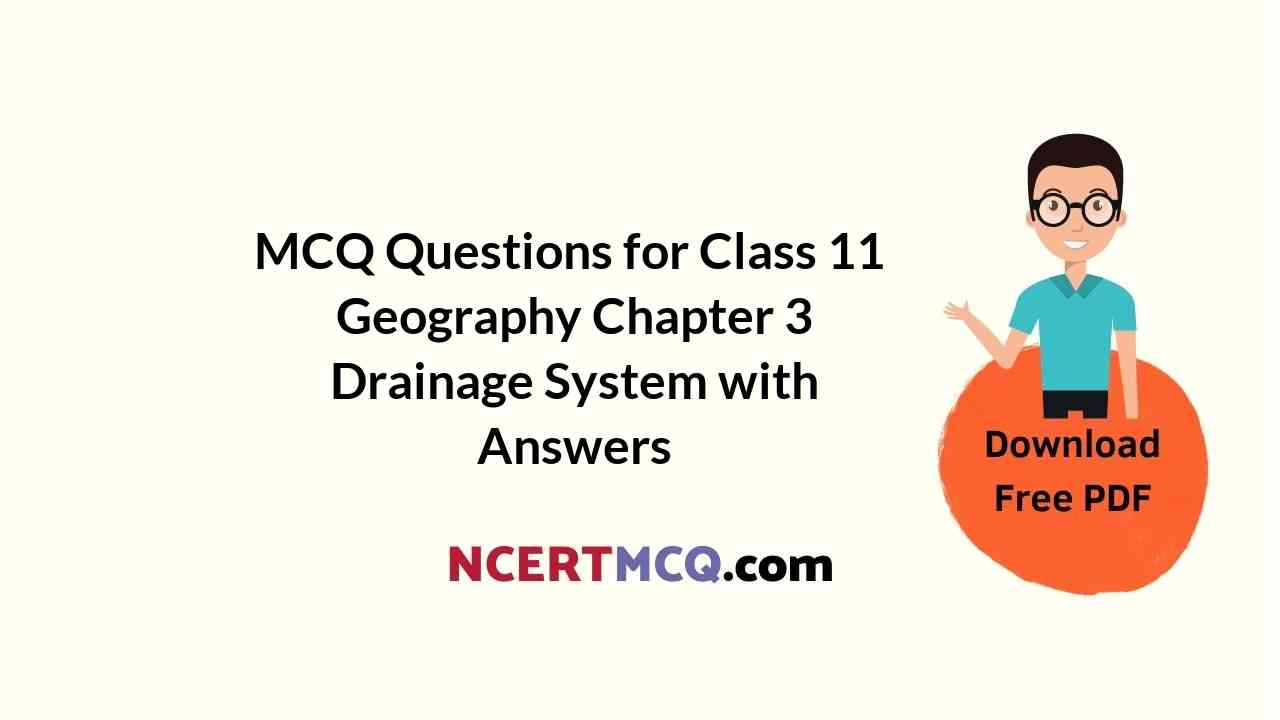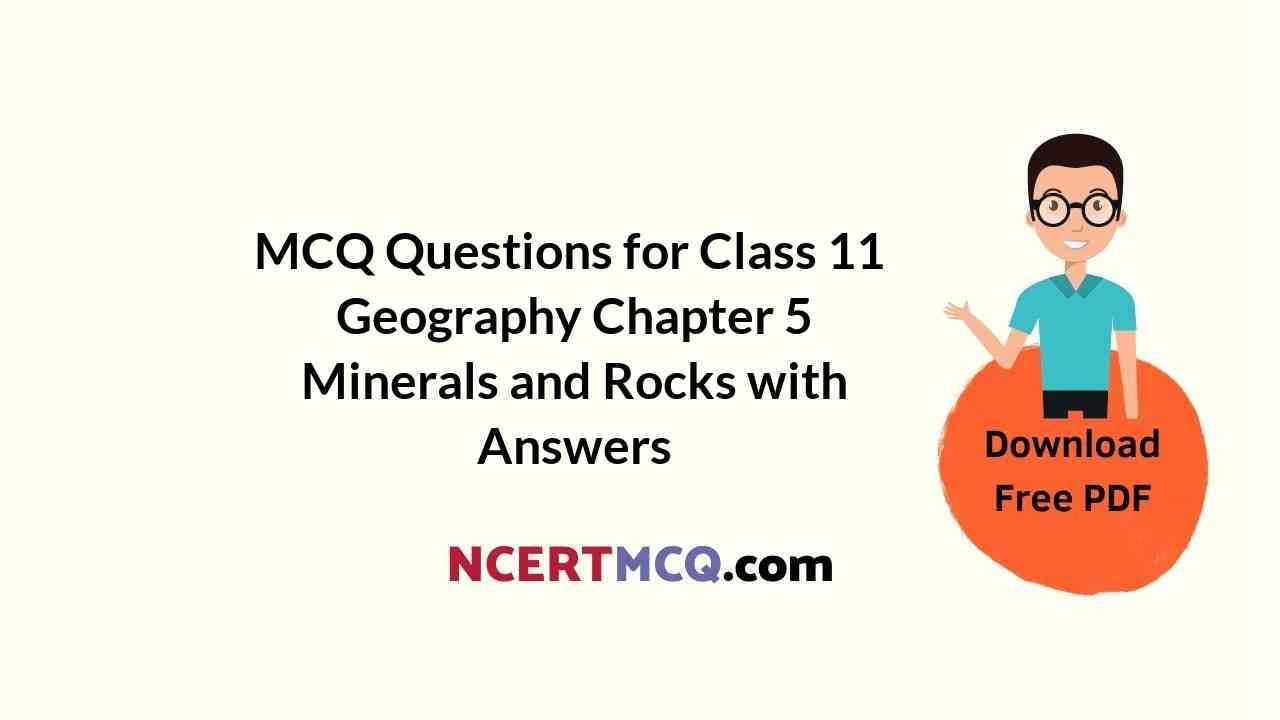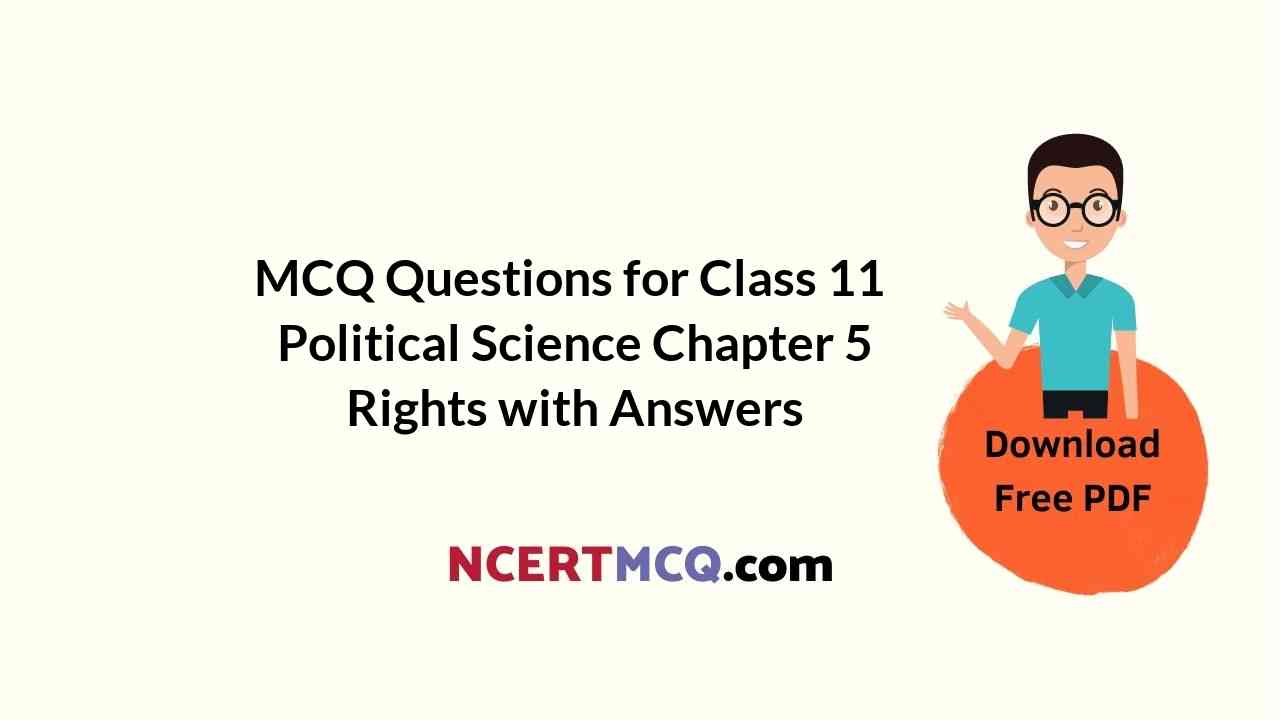Check the below NCERT MCQ Questions for Class 11 Geography Chapter 1 Geography as a Discipline with Answers Pdf free download. MCQ Questions for Class 11 Geography with Answers were prepared based on the latest exam pattern. We have provided Geography as a Discipline Class 11 Geography MCQs Questions with Answers to help students understand the concept very well.
Class 11 Geography Chapter 1 Geography as a Discipline MCQ With Answers
Geography Class 11 Chapter 1 MCQs On Geography as a Discipline
Question 1.
Regional geography helps in identifying the
(a) realms
(b) regions
(c) distributions
(d) problems
Answer
Answer:(b) regions
Question 2.
Which of the following is not studied under population geography?
(a) Sex ratio
(b) Migration
(c) Pollution
(d) Population
Answer
Answer:(c) Pollution
Question 3.
Which one of the following features can be termed as physical features?
(a) Port
(b) Road
(c) Plain
(d) Waterpark
Answer
Answer:(c) Plain
Question 4.
Who developed systematic geography?
(a) Hambolt
(b) Karl Ritter
(c) Kumari Sample
(d) Alfred Hartner
Answer
Answer:(a) Hambolt
Question 5.
Who among the following said that ‘geography is a concern with the description and explanation of the areal differentiation of the earth’s surface
(a) Herodotus
(b) Eratosthenes
(c) Richard Hartshorne
(d) Galileo
Answer
Answer:(c) Richard Hartshorne
Question 6.
The regional approach was developed by
(a) Alexander Von Humboldt.
(b) Karl Ritter
(c) Ptolemy
(d) Ibn-e-Batuta
Answer
Answer:(b) Karl Ritter
Question 7.
Soils are formed by the process of
(a) Soil synthesis
(b) Pedogenesis
(c) Photosynthesis
(d) Radio genesis
Answer
Answer:(b) Pedogenesis
Question 8.
What do we study under physical geography?
(a) Weather
(b) Soil
(c) Atmosphere
(d) All of the above
Answer
Answer:(d) All of the above
Question 9.
Physical geography deals with the
(a) study of settlements
(b) study of culture
(c) study of soils
(d) study of humans
Answer
Answer:(c) study of soils.
Question 10.
Which one of the following disciplines attempts temporal synthesis?
(a) Sociology
(b) Geography
(c) Anthropology
(d) History
Answer
Answer:(a) Sociology
Question 11.
Which one of the following is the concern of geography?
(a) To find the relationship between two country
(b) To find the relationship between two parties
(c) To find the relationship between any two phenomena
(d) None of these
Answer
Answer:(c) To find the relationship between any two phenomena
Question 12.
Which of the following is not a sub-branch of biogeography
(a) Zoogeography
(b) Plant geography
(c) Environmental geography
(d) Climate geography
Answer
Answer:(d) Climate geography
Question 13.
To sustain our life, we use
(a) technology
(b) shelter
(c) resources
(d) environment
Answer
Answer:(c) resources
Question 14.
Geo-informatics comprising techniques such as
(a) remote sensing, GIS, GPS
(b) computer cartography
(c) qualitative techniques
(d) quantitative techniques
Answer
Answer:(a) remote sensing, GIS, GPS
Question 15.
The major issue for environmental geography is
(a) scientific study of the habitats.
(b) pollution, land degradation, and conservation of the environment.
(c) geographic characteristics of animals and their habitats.
(d) population explosion.
Answer
Answer:(b) pollution, land degradation, and conservation of environment.
Question 16.
Which one of the following is associated with biogeography?
(a) Geology
(b) Sociology
(c) Zoology
(d) Climatology
Answer
Answer:(c) Zoology
We hope the given NCERT MCQ Questions for Class 11 Geography Chapter 1 Geography as a Discipline with Answers Pdf free download will help you. If you have any queries regarding CBSE Class 11 Geography Geography as a Discipline MCQs Multiple Choice Questions with Answers, drop a comment below and we will get back to you soon.
Class 11 Geography with Answers MCQ:
- Geography as a Discipline Class 11 MCQ
- The Origin and Evolution of the Earth Class 11 MCQ
- Interior of the Earth Class 11 MCQ
- Distribution of Oceans and Continents Class 11 MCQ
- Minerals and Rocks Class 11 MCQ
- Geomorphic Processes Class 11 MCQ
- Landforms and their Evolution Class 11 MCQ
- Composition and Structure of Atmosphere Class 11 MCQ
- Solar Radiation, Heat Balance and Temperature Class 11 MCQ
- Atmospheric Circulation and Weather Systems Class 11 MCQ
- Water in the Atmosphere Class 11 MCQ
- World Climate and Climate Change Class 11 MCQ
- Water (Oceans) Class 11 MCQ
- Movements of Ocean Water Class 11 MCQ
- Life on the Earth Class 11 MCQ
- Biodiversity and Conversation Class 11 MCQ
